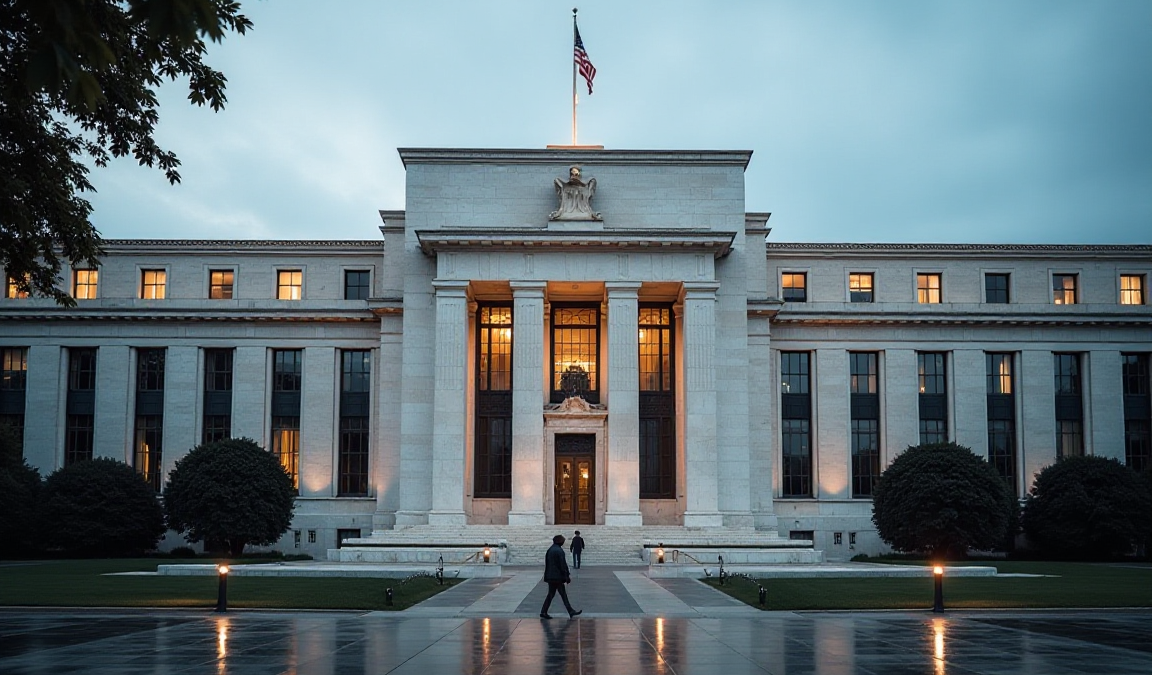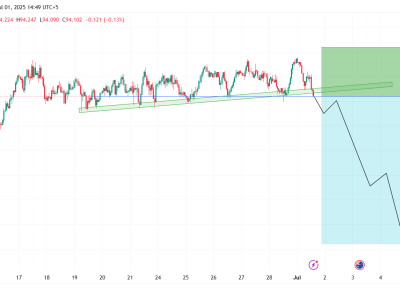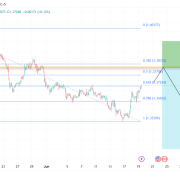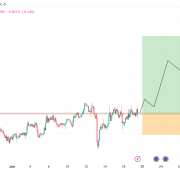
The USD/MXN exchange rate continued its downtrend, moving to the lowest level since August last year. It has plunged by 10.53% from its highest point this year, meaning that it is in a correction. This article provides a forecast for the pair and what to expect.
USD/MXN technical analysis
The daily chart shows that the USD/MXN exchange rate has been in a strong downtrend in the past few months, moving from a high of 21.30 in January to 19.05.
It has crashed below the 38.2% Fibonacci Retracement level, a sign that bears are gaining momentum. Also, it has formed a death cross pattern as the 50-day and 200-day Exponential Moving Averages (EMA) have crossed each other.
A death cross often leads to more downside as it signals that bears have prevailed.
The opposite of a death cross is a golden cross, which happens when the two averages cross each other when pointing upwards. The last time the golden cross happened was in June last year, and the pair jumped by 12% after that.
Other technicals confirm the bearish outlook. For example, the Relative Strength Index (RSI) has continued falling and is now approaching the oversold level of 30. Similarly, the MACD indicator has remained below the zero line.
Further, the USD/MXN pair has formed a rounded top pattern that resembles an inverted saucer.
Therefore, the pair will likely continue falling as sellers target the next psychological point at 18.20, which is the 61.8% Fibonacci Retracement level. A move above the 200-day moving average at 19.65 will invalidate the bearish view.
USD/MXN price chart | Source: TradingView
Why the Mexican peso is soaring
There are a few reasons why the USD/MXN exchange rate is in a free fall. First, it has dropped because of the ongoing US dollar sell-off. The US dollar index has plunged from a high of $110.15 to the current $99.
It has also formed an inverse cup-and-handle pattern, pointing to more downside, potentially to $90. This is in line with the recent Morgan Stanley US dollar forecast.
The ongoing dollar sell-off has pushed most emerging market currencies higher. For example, the USD/ZAR exchange rate has plunged by 11% from its highest point this year and has moved to the lowest point since December 13.
Similarly, the USD/RUB exchange rate has dropped from 114.56 in January to 79, while the USD/INR rate has moved from 88.12 in January to 85.6 today.
The USD/MXN pair has also crashed as investors doubt whether the Mexican central bank will continue cutting interest rates. A report released on Monday showed that inflation is still a big challenge for the Mexican economy.
Data showed that annual inflation rose to 4.42% in May, higher than the median estimate of 4.38%. It was also much higher than April’s 3.93%.
Similarly, the core CPI rose to 4.06% from 3.93%, higher than the central bank’s target of 3%. In a note, an analyst said:
“When there’s economic deceleration, that should help inflation decelerate. That’s why Banco de Mexico needs to pause the rate-cutting cycle. It would be giving the wrong signals if it keeps cutting, given how important the channel of expectations is in Mexico.”
The USD/MXN pair has also dropped because of the carry trade that exists between the US and Mexico. A carry trade is a situation where investors borrow from a low-interest-rate country and invest in a higher-interest-rate country. In this case, people borrow the US dollar and invest in the 9% yielding Mexican peso.
The post USD/MXN forecast: patterns point to more Mexican peso gains appeared first on Invezz












